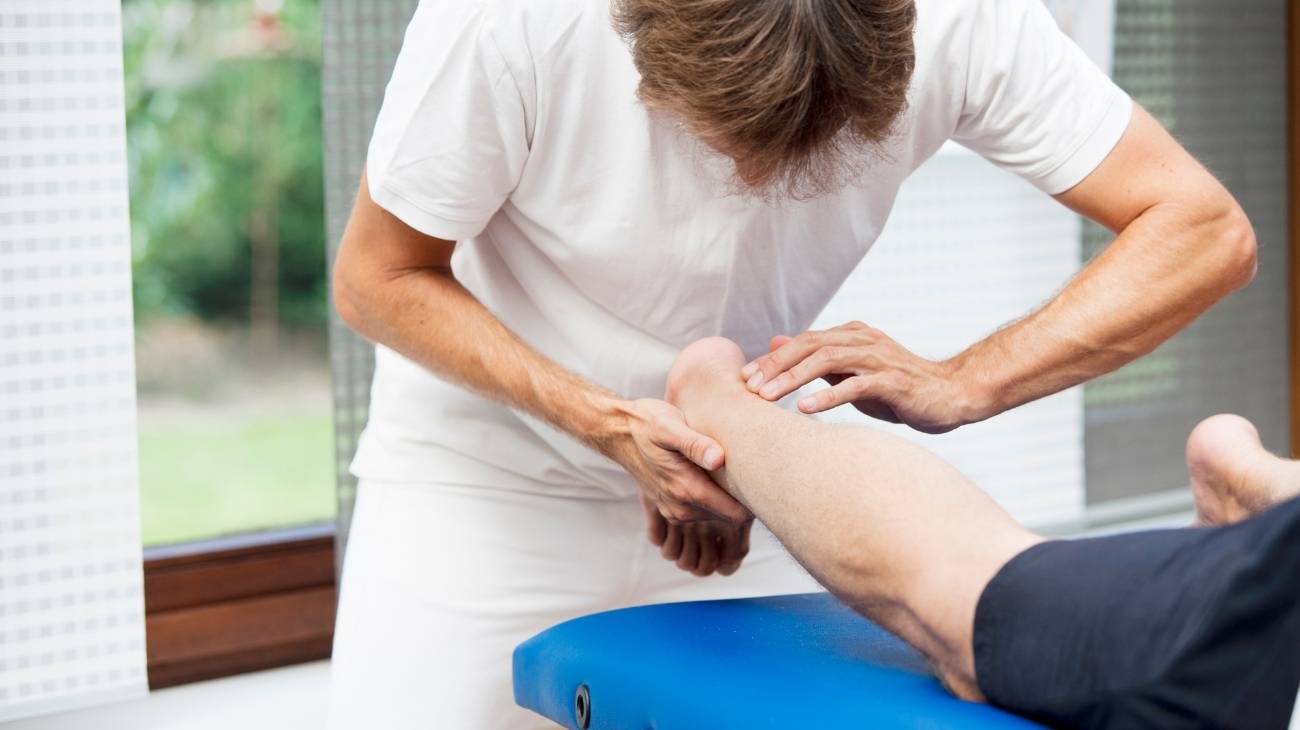Shoulder pain is one of the most frequent pathologies during orthopaedic consultations. On average, 7 out of 10 people suffer from shoulder pain at some point in their lives. However, this ailment can be associated with different diseases, but the most common is arthritis.
Shoulder arthritis is a degenerative pathology that cannot be completely cured, but it is possible to put an end to the pain it causes. Consequently, in addition to knowing its main symptoms, it is also useful to know how this disorder can be treated by means of a compression shoulder brace and here, we will highlight why.
What is osteoarthritis of the shoulder and what are its symptoms?
Osteoarthritis is a degenerative joint condition. It is therefore based on the loss of joint cartilage, deformation of the affected joint and the formation of osteophytes (or bone spurs). Shoulder osteoarthritis is the pathology that causes deterioration of the cartilage of the joints in this area, i.e. the glenohumeral joint (the place where the head of the humerus fits into the shoulder blade) and the acromioclavicular joint (where the collarbone meets the tip of the shoulder blade).
This type of shoulder disease usually affects patients over 60 years of age, but it can also occur in younger people involved in sports or strenuous activity. As the cartilage wears away, the bones tend to wear down and deform, causing severe pain in the shoulder region. This is difficult to stop because, as the patient ages, the progression of deterioration is greater.
There are different types of arthritis that can affect the shoulder, including the following:
- Rheumatoid arthritis: This is a chronic autoimmune disease that can affect joints all over the world. It causes inflammation of the synovial membrane, which is the layer of connective tissue that lines the joint cavities.
- Rotator cuff tear arthritis: This is the result of a severe tear of the rotator cuff tendon, i.e. it develops after shoulder tendonitis. As such, it results in loss of mobility.
- Post-traumatic arthritis: This is based on a pathology that basically develops after the manifestation of a shoulder injury. Such as, for example, a dislocation or a broken bone.
- Osteoarthritis: This is a disease resulting from wear and tear of the shoulder joint. Thus, it is triggered by normal friction which, over time, deteriorates the cartilage and the cartilage becomes rough until the bones erode. It usually affects people over the age of 50.
- Avascular necrosis: is caused by impaired blood supply to the head of the humerus (the longest bone in the arm). It triggers the death of bone cells and thus destroys the cartilage.
It is known that this pathology is caused by various causes and risk factors:
- Wear and tear of the joint.
- Repetitive overexertion.
- Sport or intense physical activity.
- Previous injuries.
- Genetic factors.
- Degenerative processes due to ageing.
- Response of the immune system.
The following signs and symptoms are the most common:
- Progressive and intense pain. Pain usually increases with touch, raising the arm and applying pressure or weight to the shoulder.
- Joint stiffness resulting in limited or reduced flexibility.
- Loss of mobility in the shoulder joint.
- Weakness of the muscles in the area
- Clicking on the part of the joint.
Bestseller
What are the benefits of using a compression shoulder brace to treat arthritis in the shoulder?
The initial treatment for shoulder arthritis will be defined on a case-by-case basis. By assessing the type of arthritis, the causes of the pathology, the severity and the presenting symptoms, the specialist doctor will be able to establish a personalised treatment that will help the shoulder function as quickly as possible.
The health professional may prescribe the use of compression therapy to speed up the rehabilitation process. This therapeutic technique uses an elastic garment to reduce venous pressure, normalise the function of the vascular wall and optimise tissue metabolism directly in the affected area.
To treat shoulder tendonitis, compression therapy recommends the use of a compression shoulder brace applied over the shoulder joint to promote faster improvement, and is also useful for treating other conditions such as tears, bursitis and tendonitis.
Compression garments provide the following benefits:
- Decrease pain in the shoulder joint.
- Reduce any inflammatory process that may occur.
- Provides stability to the affected area.
- Assists the rehabilitation of patients to regain their range of motion in the shoulder.
- Provides comfort to the injured shoulder during and after recovery.
- Protects the affected area to prevent further injury to the patient.
- Inspires security so that the user feels confident in performing movements and/or activities.
What type of shoulder supports are best for improving shoulder arthritis?
During the purchasing process, it is recommended that the user takes into account certain key points to ensure that the compression shoulder brace in question will be effective in mitigating the main symptoms of the pathology.
The most relevant points and characteristics when choosing this type of garments are:
- Material: It is advisable that the garment is made of a resistant and breathable material so that it does not generate discomfort and favours the execution of regular shoulder movements.
- Sizing: It is essential to select an appropriate size to obtain the benefits of compression therapy with the appropriate level of support. Otherwise, the compression garment may alter or impair blood flow and thus increase pain or swelling in the area.
- Right compression: Just as it is essential to choose the right size, it is also suggested to buy a shoulder brace that provides adjustable compression to properly stabilise the affected joint. Based on this, the user will feel comfortable and secure.
- Comfortable design: It is valuable to choose a design that provides comfort and does not cause discomfort in the shoulder region or adjacent areas during treatment.
We recommend buying a sports compression shoulder brace, as this type of garment fulfils all the particularities named above.
















